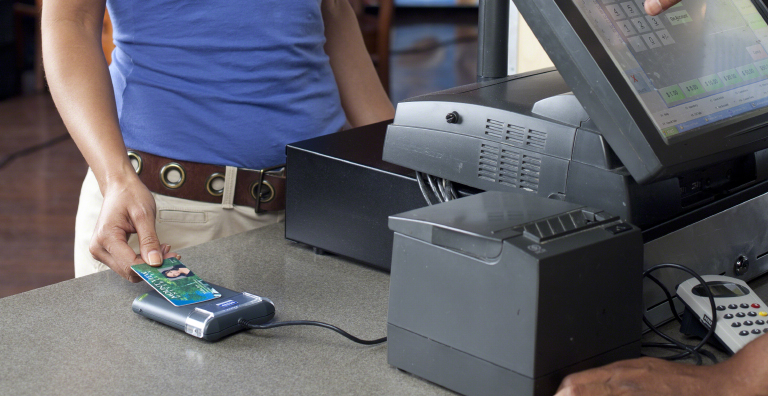It’s Time For Universities To Invest In Contactless Smart Cards
University and college administrators are starting to plan for a more normal fall semester. The return to in-person learning comes with many complexities, from contact tracing to health protocols. It also presents an ideal opportunity to re-evaluate access control technologies. Here’s why.
The Higher Ed Security Landscape
Colleges and universities have unique security challenges. Administrators must ensure people’s physical security, safeguard sensitive data and protect critical assets and facilities. They must prevent fraud and comply with federal funding requirements. And they must manage and secure the technologies that give the campus community access to a broad range of services, from cashless vending to transit and library cards.
The Covid-19 pandemic has only added to this list. Physical access and security policies will need to be able to respond to fast-changing, unpredictable conditions. Staff and students may need to be screened against health, safety, and occupancy policies before entering a building.
For decades, educational institutions have attempted to address these needs by issuing multiple ID cards. These cards, which often rely on proximity and magstripe technologies, are easy to duplicate and provide limited security. They are also cumbersome to maintain and update and inconvenient for cardholders to keep track of.
The Case For Contactless Smart Cards
Contactless smart cards enable institutions to offer both more secure and more convenient on-campus credentialing. Layered security allows for the encryption of data and supports the development of multiple application-specific protocols on a single card. Security administrators can add applications and make updates without having to issue new cards. Contactless smart card readers also require less maintenance than contact readers, and they are easier to clean — especially useful in a hygiene aware post-pandemic world.
What’s more, smart cards can power everything from cashless vending to network logins from a single card. In fact, they even integrate with off-campus transportation systems and private bank and credit union services.
Let’s take a closer look at two of the features that make smart cards especially convenient for a post-pandemic campus: digital payments and customer experience.
The Rise of Contactless Payment
It’s no secret that the pandemic accelerated the pace of digital transformation in everything from retail to medicine. The shift away from traditional payment methods like cash and bank cards — and towards contactless payment — was especially pronounced. According to Dynata research, contactless payment usage is up across multiple countries, generations and income levels. Before the pandemic, 52% of consumers preferred contactless; that number now stands at 59%. At the same time, the worldwide preference for cash dropped to just 15%.
Smart cards fit well into this landscape. Almost half of Gen Z consumers already make a contactless payment at least twice a week, and 65% consider the technology to be a “must-have” payment option. These preferences are poised to remake the campus payments ecosystem. Soon, students will come not just to appreciate but expect to use a single card to pay for everything from cafeteria meals to bus rides. Fortunately, the service is easy to offer with contactless smart cards.
Better Campus Experience
Wallets used to contain everything from IDs to discount cards. Now, as much of that information migrates to mobile devices, wallets are slimming down, and many Gen Zers have begun carrying just a couple of cards on the back of their phones. A single card that serves as ID, residential key card, transit card and cafeteria pass fits well into this lifestyle, especially given how integral these services are to the fabric of on-campus living.
And while contactless cards aren’t necessarily more hygienic than cards that require contact, public trust in touch technologies greatly diminished during the pandemic. According to research from Capgemini, 77% of the world’s consumers expect to increase their use of touchless technologies during the pandemic; 62% expect to rely more on touchless even after the pandemic is over.
Thanks to technological advances, smart cards are easier to provision, program and issue than ever before. Many are also compatible with legacy physical access technologies. And their platforms lay the foundation for future access control technologies, from mobile devices to wearables.
To learn more about the use of contactless smart cards, check out our OMNIKEY® Credential Readers Brochure.
